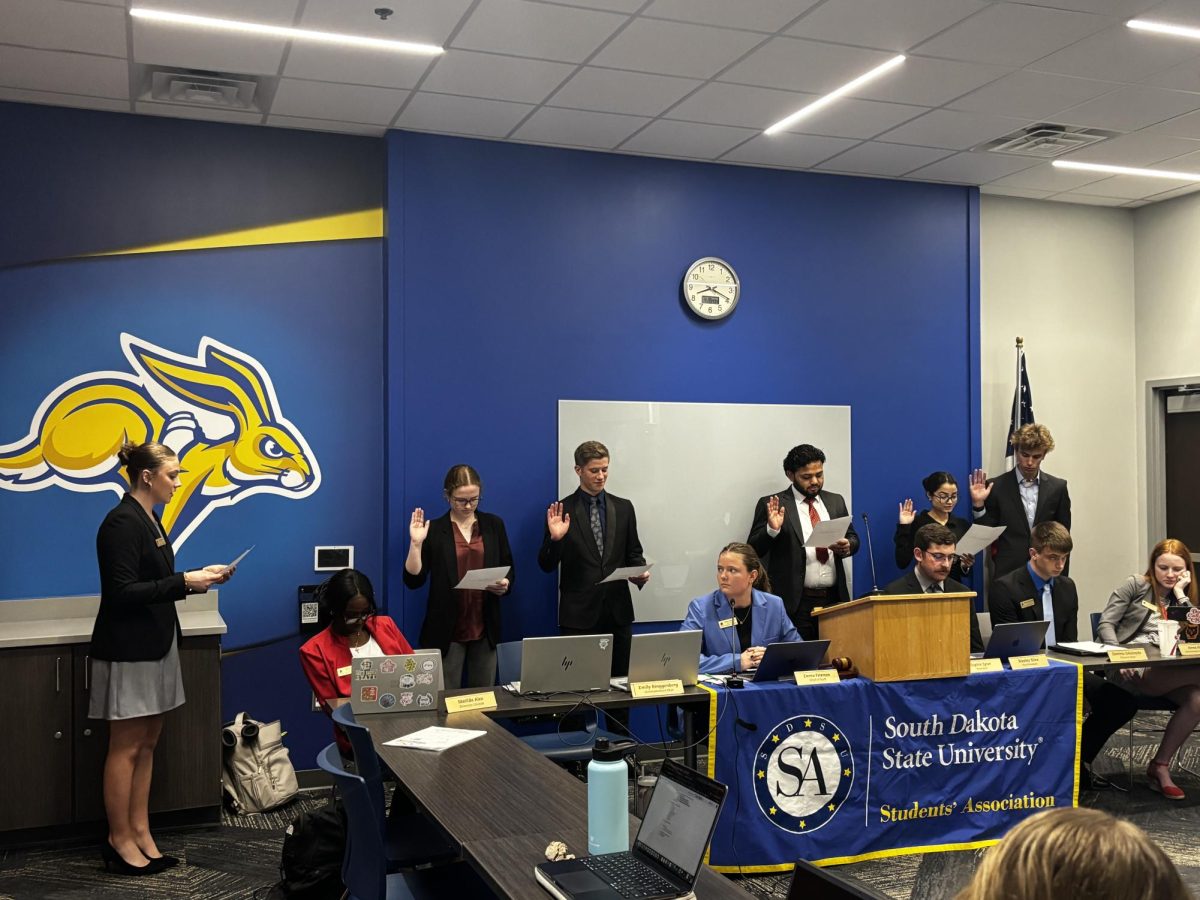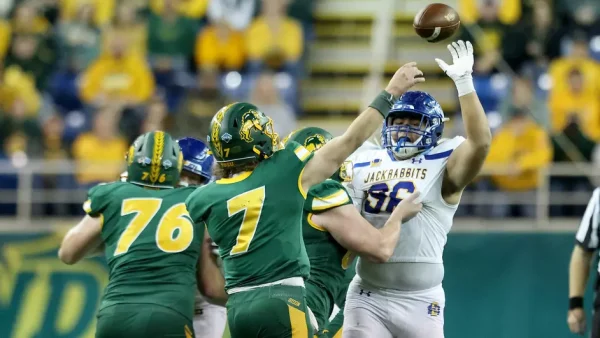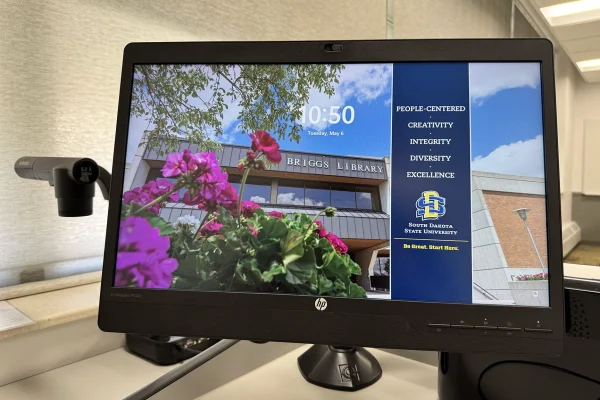Changes to student loans loom for 2011
March 17, 2009
Mitch Leclair
For the past year, Americans have heard messages of change from now-President Barack Obama. If his recent budget proposals for 2010 are adopted, students across the country will see this mantra in action.
The president and his advisers aimed four main proposals at college students – one of which is “originating all new loans in the direct-lending program.”
Currently, all federal student loans are disbursed through two channels: the Federal Family Education Loan Program and the Federal Direct Student Loan Program. The former provides subsidies and assurance to private lenders, while the latter grants monies directly from the government.
Under the proposed changes, all consolidated loans made available through Washington would originate directly from and be paid for by the U.S. Treasury and sent to students through the Department of Education.
Jay Larsen, director of Financial Aid at SDSU, said the changes would not go into effect until after the next school year. Students still have to fill out the usual FAFSA for 2009-2010.
Last week, U.S. Secretary of Education Arne Duncan testified before the House Budget Committee on the proposed budget’s elimination of the FFELP.
“It no longer makes any sense to heavily subsidize a guaranteed student loan program that is barely functioning in the current financial crisis when we have a stable, lower-cost method of meeting the needs of all eligible students,” Duncan said.
Some private lenders are staying neutral in reacting about Obama’s proposals.
“We acknowledge the president’s proposed budget and are encouraged by the administration’s focus on finding new ways to ensure quality education is available to all,” said Staci Schiller, marketing program manager for Wells Fargo Education Financial Services.
Yet some members of the private sector have publicly criticized Obama’s plan.
Education Finance Council president Peter Warren said in a press release, “The administration’s proposal to eliminate the private-sector based student loan program and to finance all student loans directly through the Federal Government via the issuance of U.S. Treasury debt is not in the best interest of students, schools or taxpayers.”
Austin Hoffman, a senior broadcast journalism major at SDSU, is also skeptical of the president’s proposals. “I like the idea of going through smaller, local banks,” he said. “For a lot of students, it’s a learning process.”
Students have been borrowing from the federal government to pay for education since 1958, when Congress passed the National Defense Education Act. Ten years later, only about five percent of freshmen students received federal loans to support their college expenses. By the mid 1970s, that number had risen to approximately 22 percent.
This trend continues today. The latest data available from the ED shows that the 2003-04 academic year saw 34 percent of all undergraduates receive federal loans.
Higher enrollment – along with rising tuition costs and a weakening economy – has resulted in more students reaching for direct federal funds.
Lilias Jarding, professor of political science at SDSU, said the government can constitutionally provide this money to students.
“The House of Representatives has the power to initiate spending, then it goes to the president’s desk for approval,” she said.
Jarding said she saw a “much higher percentage [of students] that took out loans by the time [she] went to graduate school” compared to the time she was an undergraduate – a period of only 15 years.
The specific changes in Obama’s budget proposal would start to affect the graduating class of 2011 at the earliest.





















